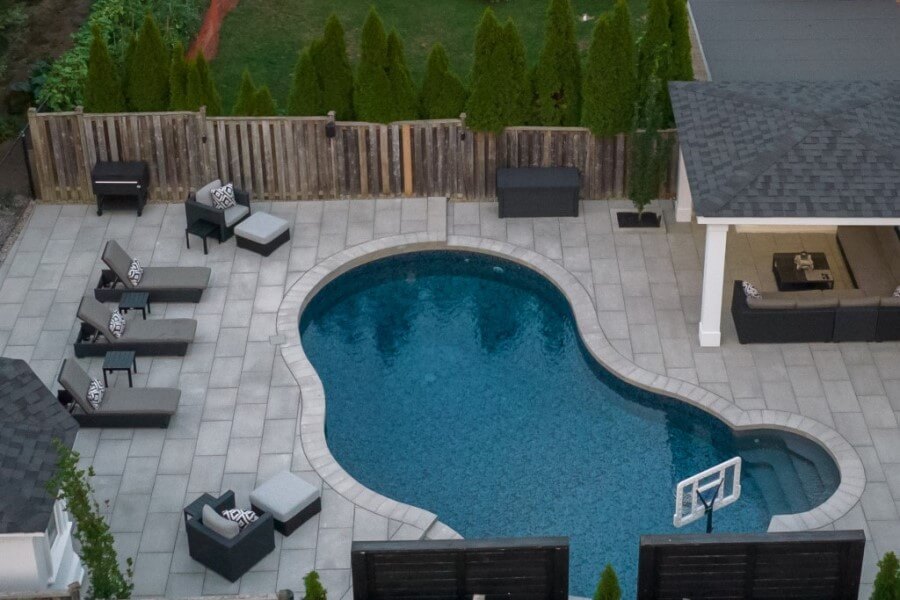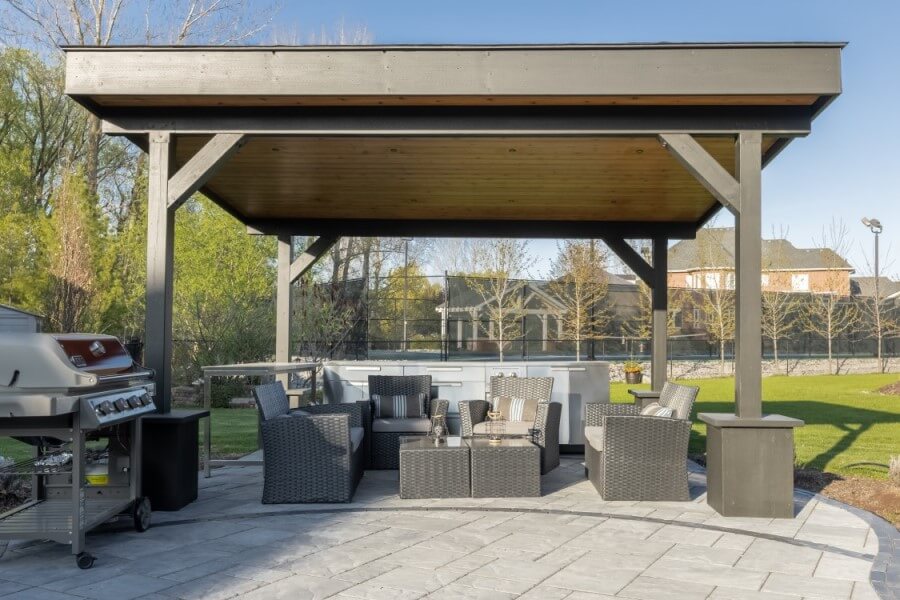Interlocking Paver Installation
Interlocking paver installation involves the precise fitting and alignment of individual pavers to create a durable and visually appealing surface. Attention to detail and proper interlocking techniques are crucial for ensuring long-lasting stability and structural integrity.












